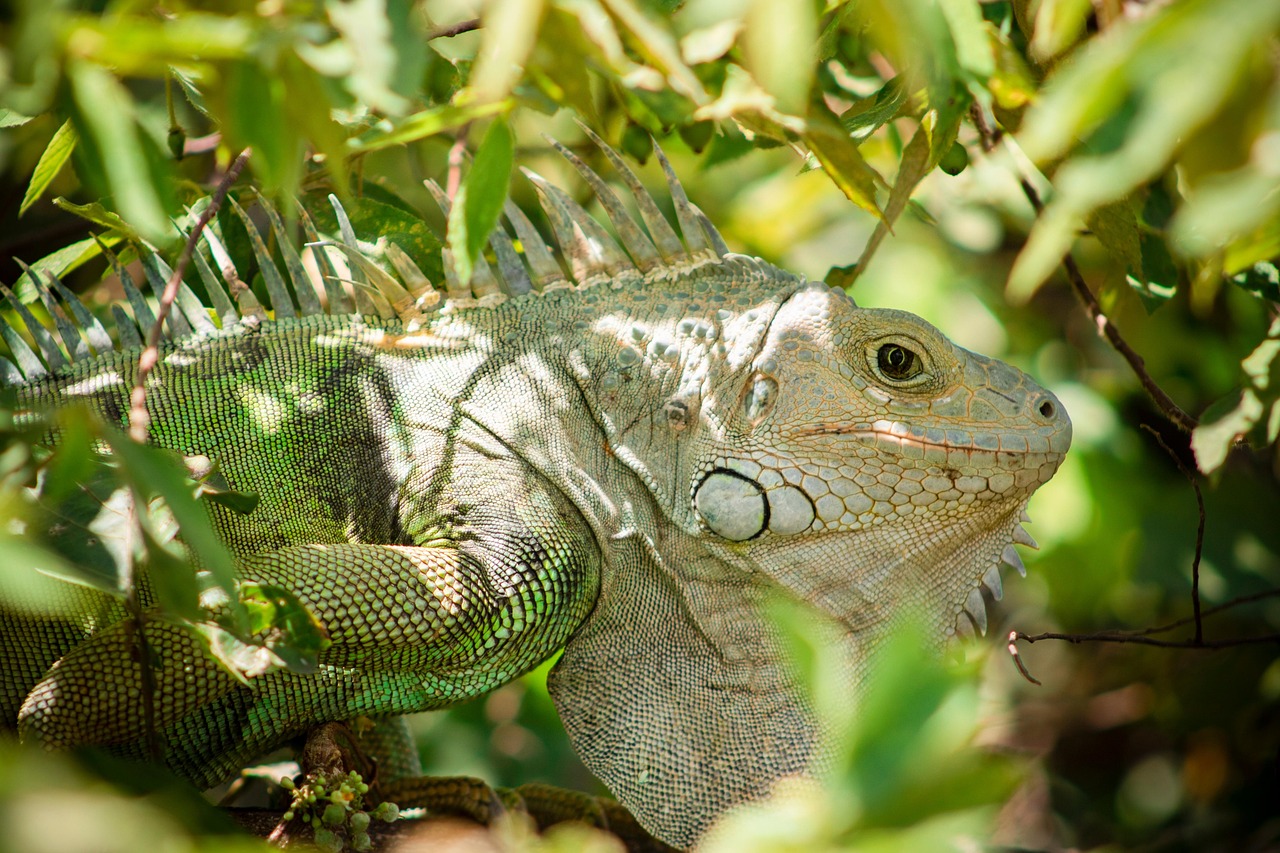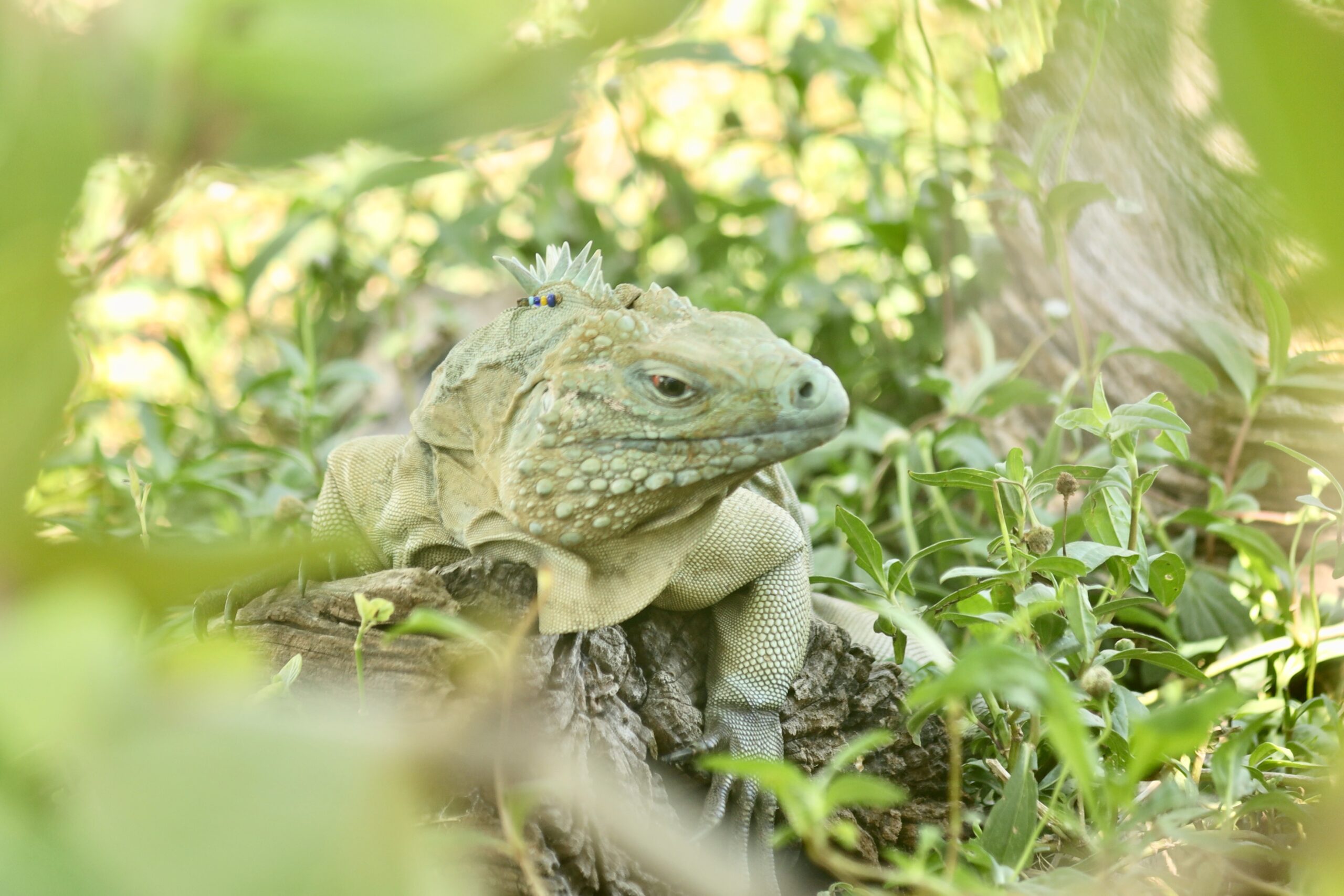Reptiles have faced unprecedented challenges over the past century, with habitat destruction, pollution, climate change, and invasive species pushing many species to the brink of extinction. However, amid these conservation challenges, remarkable success stories have emerged through dedicated reintroduction programs. These initiatives represent crucial turning points in reptile conservation, demonstrating humanity’s capacity to reverse ecological damage and restore species to their ancestral territories. From the American alligator’s remarkable recovery to the meticulous efforts saving island-dwelling reptiles, these reintroduction programs combine cutting-edge science with community engagement to rebuild populations and restore ecological balance. This article explores the fascinating journeys of reptiles returning home—examining the methods, challenges, and triumphs that offer hope for conservation in an uncertain environmental future.
Understanding Reptile Reintroduction Programs
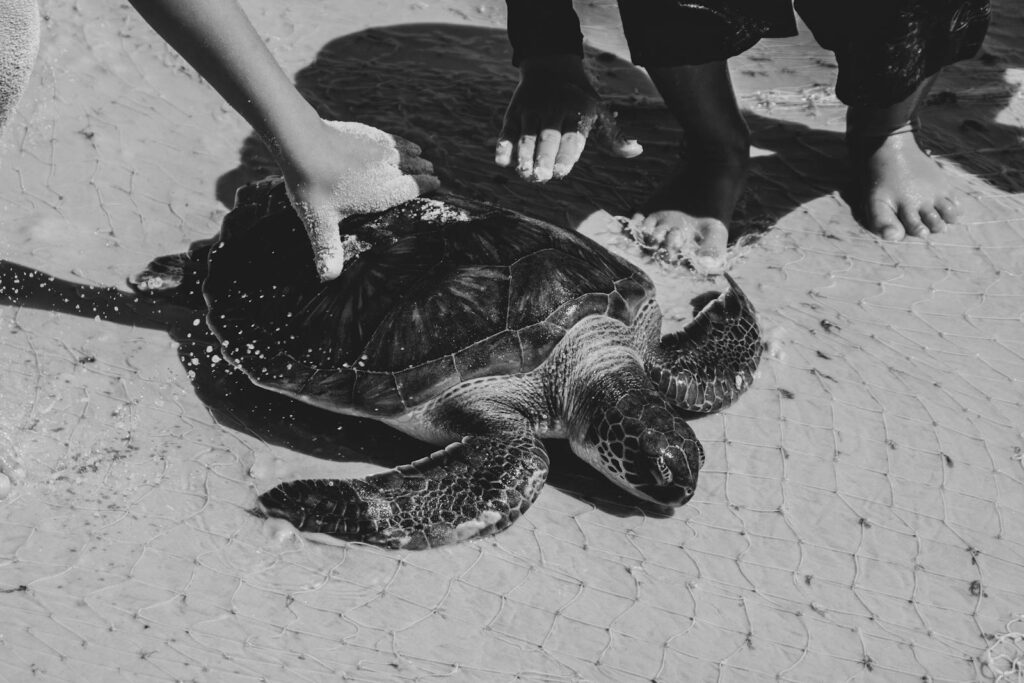
Reptile reintroduction refers to the deliberate release of captive-bred or relocated reptiles into areas where they once naturally occurred but have since disappeared or declined significantly. These programs represent a critical conservation tool that goes beyond merely preserving species in zoos or captive facilities, instead aiming to establish self-sustaining wild populations that can fulfill their ecological roles. Modern reintroduction initiatives are typically managed through detailed protocols established by organizations like the International Union for Conservation of Nature (IUCN), which provide guidelines for everything from genetic management to post-release monitoring. Successful programs combine biological expertise with local knowledge, requiring cooperation among scientists, wildlife managers, government agencies, and local communities. The ultimate goal extends beyond simply increasing numbers—these programs seek to restore ecosystem functions and natural processes that have been disrupted by the absence of these reptilian species.
The American Alligator: A Conservation Success Story
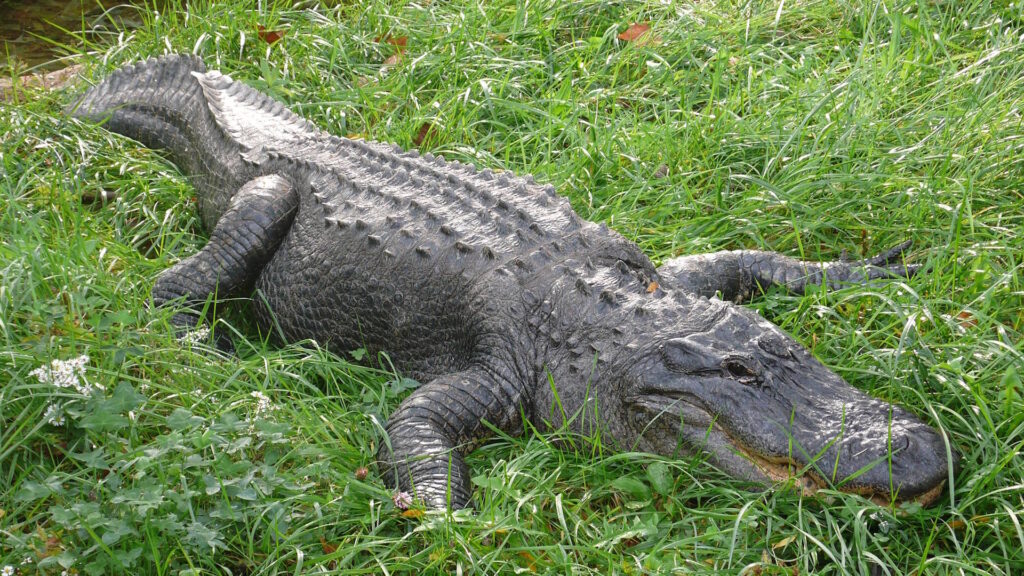
The American alligator represents one of the most remarkable reptile conservation success stories in modern history, moving from the edge of extinction to a stable, thriving population. By the 1960s, unregulated hunting and habitat loss had devastated alligator populations across the southeastern United States, prompting their listing as an endangered species in 1967. The subsequent protection enabled strict habitat conservation measures and comprehensive management programs that allowed populations to slowly recover in their native wetland environments. Conservation efforts included controlled breeding programs, habitat restoration initiatives, and strict enforcement against poaching, combined with careful monitoring of population dynamics. The recovery proved so successful that by 1987, the American alligator was declared fully recovered and removed from the endangered species list, though it remains protected under a classification that allows for regulated, sustainable harvesting. Today, with an estimated population exceeding one million individuals across their range, alligators once again fulfill their vital ecological role as apex predators in wetland ecosystems.
Tuatara Restoration in New Zealand
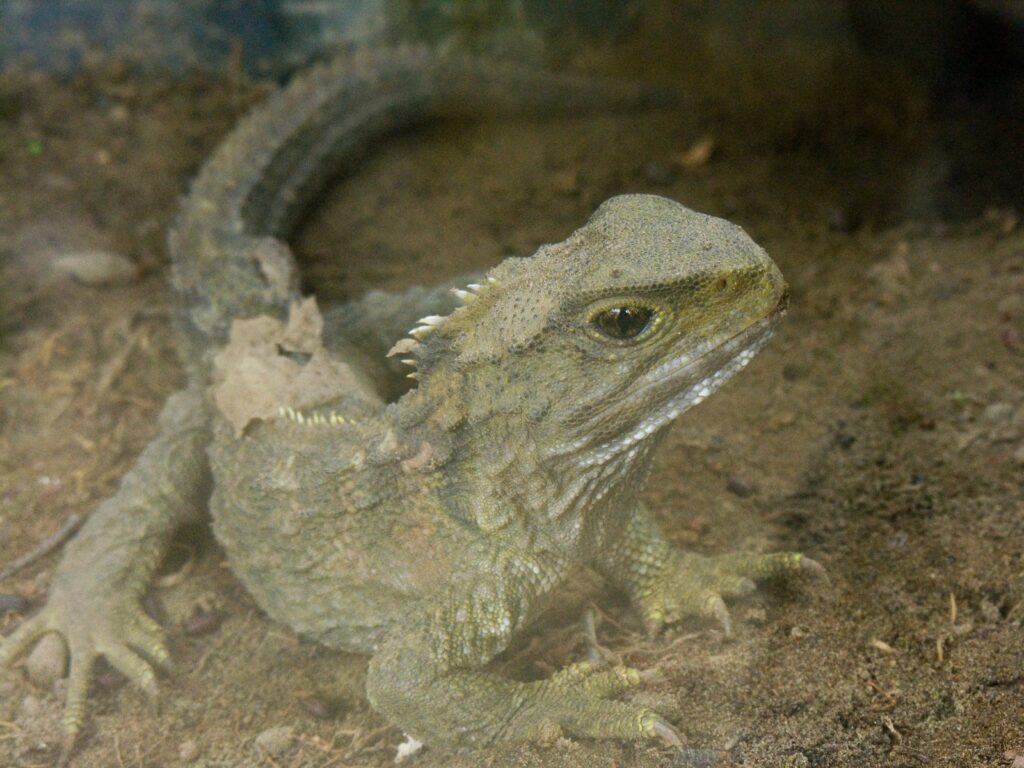
The tuatara, an ancient reptile that predates most dinosaurs and survives only in New Zealand, represents a living fossil that has been the focus of intensive conservation reintroduction efforts. Once widespread across New Zealand’s main islands, tuatara became extinct on the mainland after the arrival of invasive rats and habitat alteration, surviving only on about 30 small offshore islands. Conservation authorities began ambitious reintroduction programs in the early 2000s, first by creating predator-free mainland sanctuaries surrounded by specialized pest-exclusion fencing. Prior to reintroductions, painstaking work went into removing every last rat from these areas using a combination of trapping, poisoning, and monitoring techniques. The reintroduction process involved carefully selecting genetically diverse individuals from island populations and transporting them to prepared sanctuary sites, followed by intensive monitoring using radio telemetry and regular health assessments. These efforts have shown promising results, with evidence of successful nesting and hatching of young tuatara in several mainland sanctuaries, offering hope for the long-term survival of these remarkable living relics.
Giant Tortoises of the Galapagos Islands
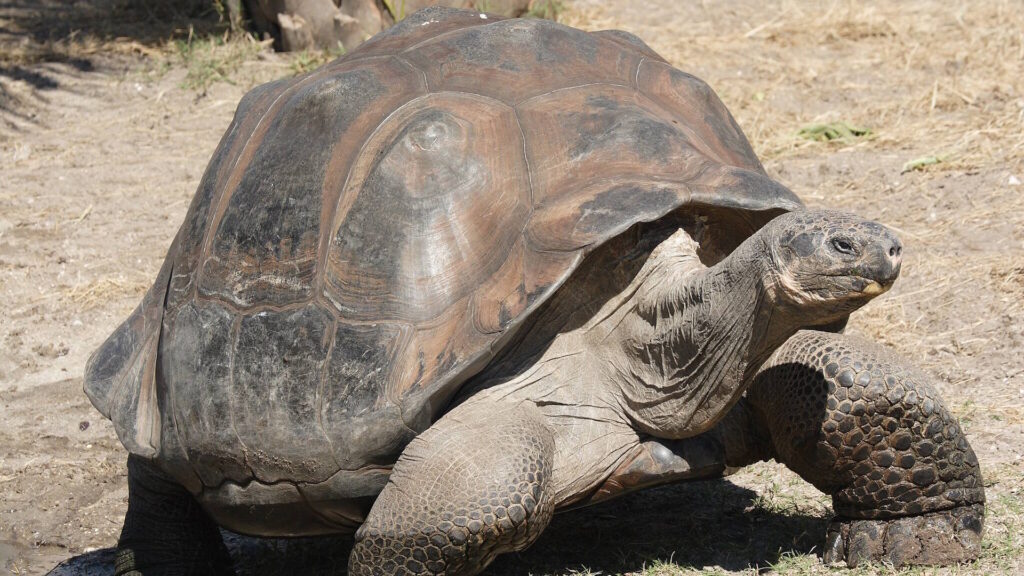
The iconic giant tortoises of the Galapagos Islands have become ambassadors for reptile reintroduction efforts, with intensive breeding and release programs helping to restore populations devastated by human exploitation and invasive species. Historical accounts describe how sailors and whalers collected hundreds of thousands of tortoises for food during the 18th and 19th centuries, while introduced goats, rats, and pigs destroyed habitat and preyed on eggs and hatchlings. Since the 1960s, the Charles Darwin Research Station has operated a breeding facility where eggs are collected from wild nests, hatched in protected conditions, and young tortoises raised until they reach a size where they’re less vulnerable to predation. The program achieved international attention with “Lonesome George,” the last Pinta Island tortoise who, despite conservation efforts, died without producing offspring in 2012. However, other subspecies have fared better, with over 7,000 captive-raised tortoises successfully released across the archipelago, including to islands where tortoises had been completely extirpated. Recent genetic studies have even identified hybrid individuals carrying genes from extinct subspecies, raising the possibility of “resurrecting” lost lineages through selective breeding.
Challenges in Reptile Reintroduction Programs

Reptile reintroduction programs face numerous biological and logistical challenges that complicate conservation efforts in ways unique to these ancient creatures. Unlike mammals and birds, many reptiles exhibit limited parental care and must navigate survival independently from birth, making their early life stages particularly vulnerable to predation and environmental stressors. Securing suitable habitat remains a persistent challenge, as many reptiles require specific microhabitats with particular temperature gradients, substrate compositions, and refuge sites that may be difficult to restore or maintain in degraded landscapes. Disease transmission presents another significant concern, especially when moving reptiles between captive facilities and wild environments, with emergent threats like snake fungal disease and ranavirus requiring rigorous quarantine and health screening protocols. Perhaps most challenging is addressing the continuing presence of invasive species—from fire ants that prey on turtle hatchlings to feral cats that decimate lizard populations—which often requires ongoing management interventions beyond the initial reintroduction effort. Climate change introduces additional uncertainty, potentially altering habitats and temperature-dependent sex determination in ways that could undermine even the most carefully designed reintroduction programs.
European Pond Turtle Reintroduction Efforts
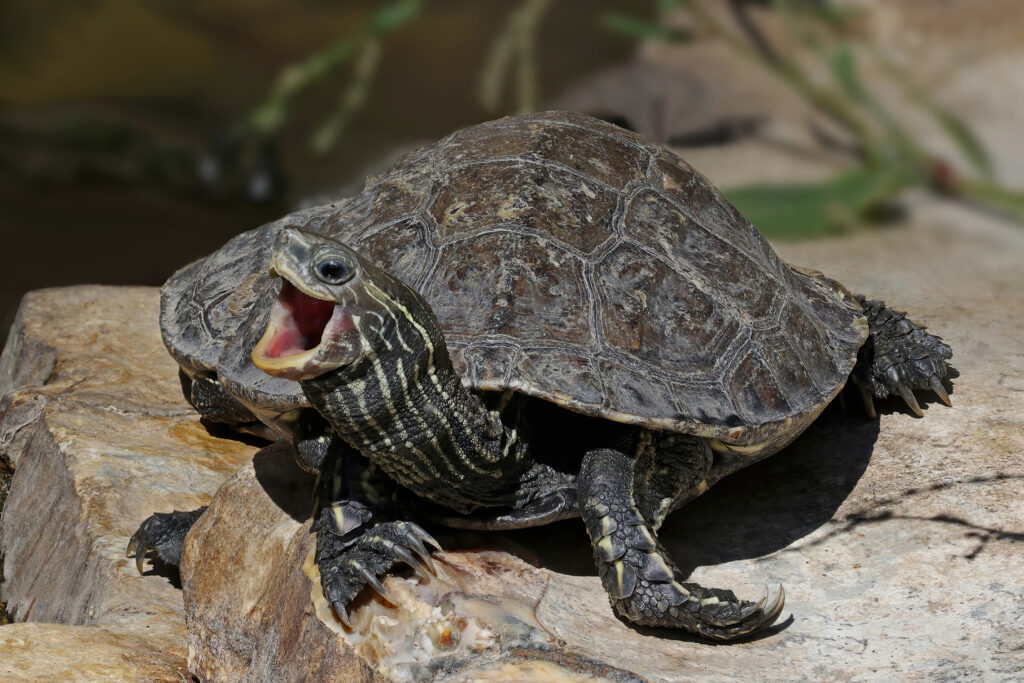
The European pond turtle (Emys orbicularis) has experienced significant population declines across its range from western Europe to the Middle East, prompting coordinated reintroduction initiatives in several countries. In northern Italy, Germany, France, and Spain, conservation teams have established captive breeding facilities specifically designed to produce hatchlings for release, while simultaneously working to restore wetland habitats degraded by agriculture and urban development. These programs typically employ “head-starting” techniques where eggs are collected from wild nests or captive adults, then incubated under controlled conditions before hatchlings spend their vulnerable first years growing in predator-free environments. The turtles undergo regular health assessments and are often fitted with radio transmitters or microchips prior to release, allowing researchers to track survival rates and habitat use patterns. One particularly successful initiative in Spain’s Doñana National Park has combined turtle reintroductions with extensive wetland restoration, removing invasive American red-eared sliders that compete with the native species while reestablishing natural hydrological cycles. These multifaceted approaches have yielded promising results, with evidence of successful reproduction by reintroduced individuals in several project areas, though challenges remain in addressing habitat fragmentation and water pollution across the species’ range.
Island Reptile Restoration Projects
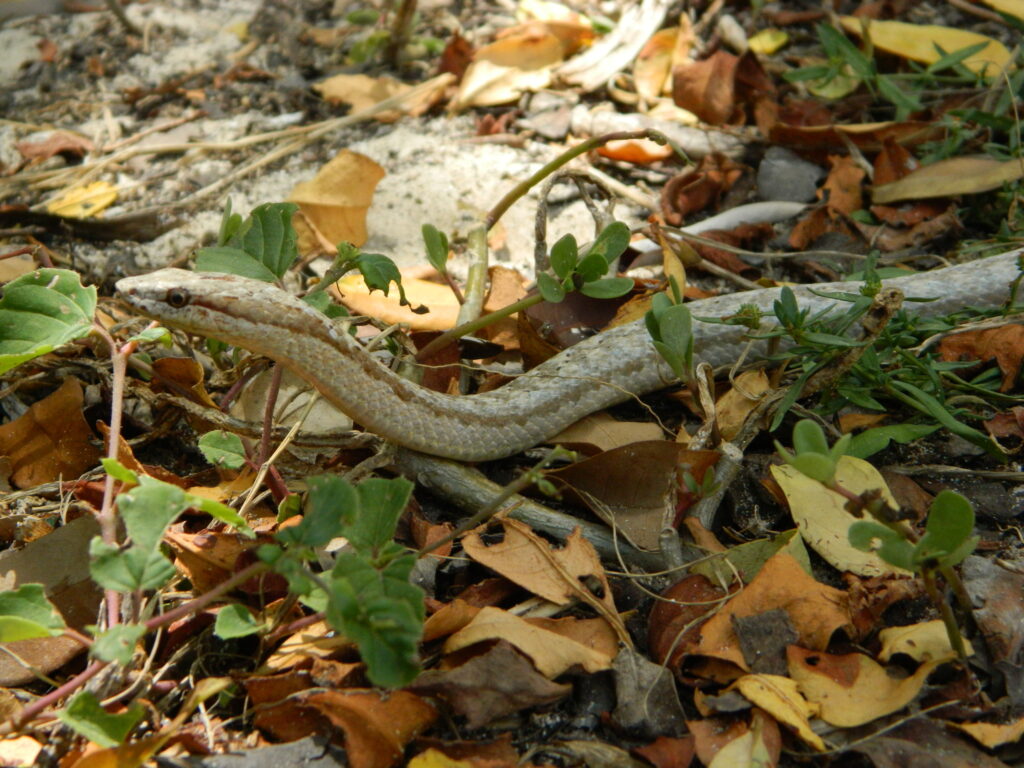
Island ecosystems offer both unique opportunities and distinctive challenges for reptile reintroduction efforts, serving as natural laboratories for conservation innovation. Many reptile species evolved on islands in relative isolation, developing specialized adaptations and often losing defensive mechanisms against mammalian predators, making them exceptionally vulnerable when invasive species arrive. Successful island restoration typically begins with the complete eradication of introduced predators like rats, cats, and mongooses using a combination of trapping, poisoning, and monitoring techniques refined over decades of conservation practice. The Antiguan racer snake offers an inspiring case study—once reduced to just 50 individuals confined to a tiny islet, comprehensive rat eradication and subsequent reintroduction efforts have helped the population grow to over 1,000 snakes across several islands. In the Caribbean, rock iguanas have benefited from similar approaches, with headstarting programs raising hatchlings in safety before releasing them once they’ve grown large enough to better evade predators. These island projects often reveal unexpected ecological interactions, as reintroduced reptiles resume their roles as seed dispersers, predators, or prey, gradually restoring ecosystem functions disrupted by their absence.
Technological Innovations in Tracking Reintroduced Reptiles
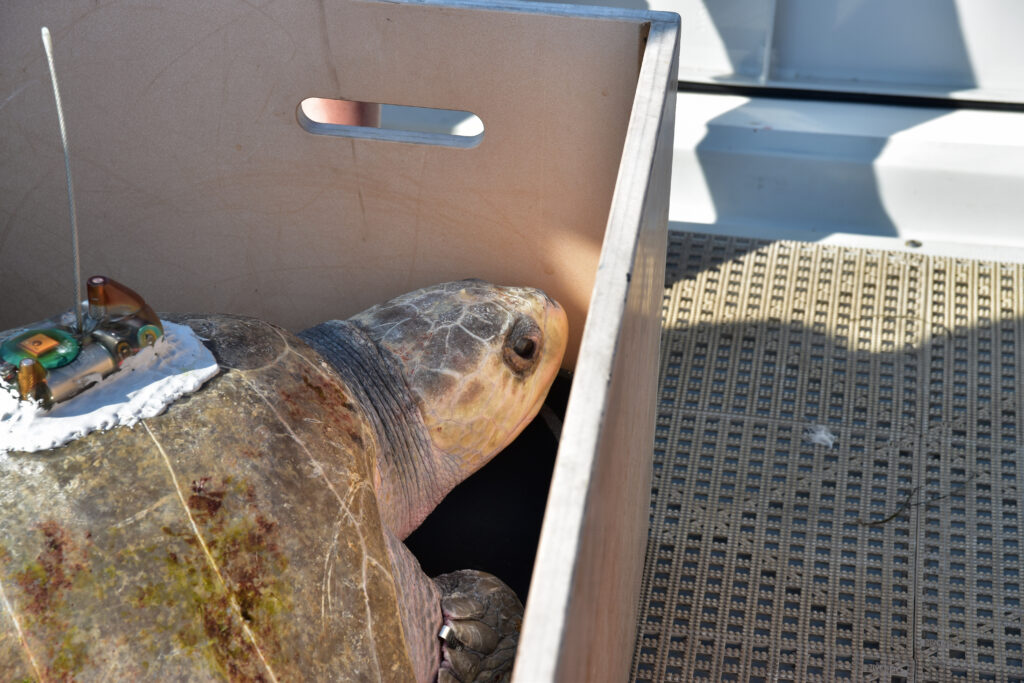
Monitoring reintroduced reptile populations has been revolutionized by technological advances that provide unprecedented insights into their movements, behavior, and survival. Miniaturized tracking devices, including radio transmitters, GPS loggers, and PIT (Passive Integrated Transponder) tags, have been adapted for even small-bodied reptiles, allowing researchers to follow individuals over extended periods with minimal disruption to natural behavior. For aquatic species like sea turtles and crocodilians, satellite transmitters now offer real-time monitoring capabilities, revealing previously unknown migration routes and habitat use patterns crucial for designing effective protection measures. Environmental DNA (eDNA) sampling has emerged as a powerful non-invasive monitoring tool, detecting genetic material shed by reptiles into water or soil and confirming presence in areas where visual surveys might miss cryptic species. Remote camera traps, some equipped with infrared capabilities for nocturnal species, provide continuous monitoring of reintroduction sites without human presence that might disturb shy reptiles. These technological innovations not only improve post-release monitoring but also generate valuable data that help conservationists refine their reintroduction protocols, identify threats, and measure success with greater precision than was previously possible.
Community Engagement in Reptile Conservation

Successful reptile reintroduction programs increasingly recognize that biological science alone cannot ensure conservation success without meaningful engagement from local communities. Many initiatives now incorporate comprehensive outreach components, including educational programs in schools, training opportunities for local naturalists, and public events celebrating milestone releases or conservation achievements. In regions where reptiles have been historically feared or persecuted, changing perceptions represents a critical first step, often achieved through carefully designed interactions that allow people to develop appreciation for species like snakes or crocodilians in safe, controlled settings. Economic incentives have proven particularly effective, with ecotourism opportunities centered around charismatic reptiles providing sustainable livelihoods that give communities a direct stake in conservation outcomes. The “community conservation area” model has been successfully implemented in several reptile reintroduction projects, empowering local residents to participate in habitat restoration, anti-poaching patrols, and monitoring activities while receiving appropriate compensation and recognition for their efforts. These socially-integrated approaches recognize that long-term conservation success ultimately depends on transforming reptiles from perceived threats or resources to be exploited into valued neighbors worthy of protection and coexistence.
Desert Tortoise Recovery in the American Southwest
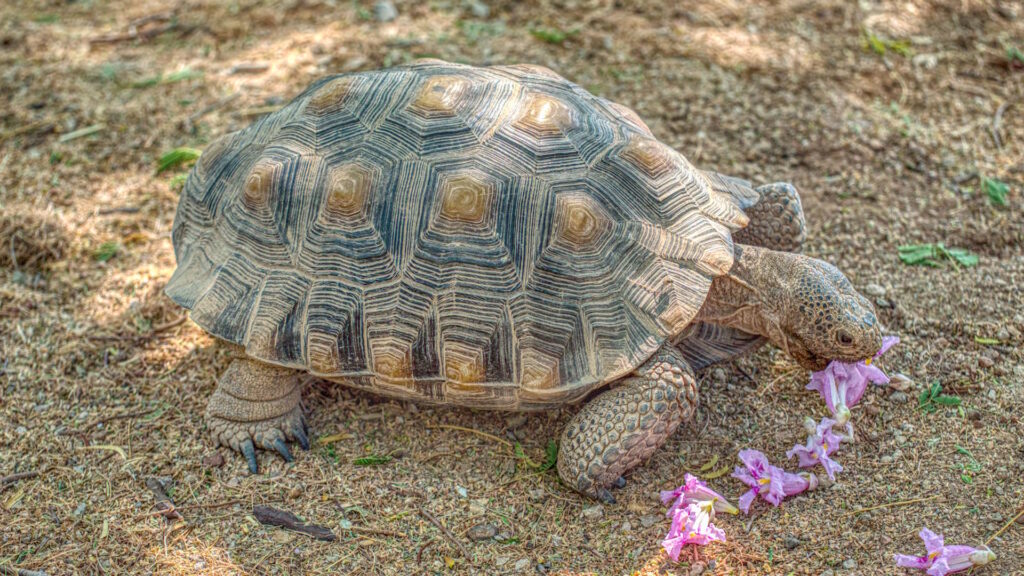
The Mojave desert tortoise (Gopherus agassizii) has become a flagship species for reptile reintroduction efforts in the American Southwest, where populations have declined by more than 90% in some areas due to habitat degradation, disease, and urban development. Conservation agencies have established specialized “head-starting” facilities where eggs and hatchlings are protected during their most vulnerable life stages, allowing young tortoises to develop protective shells hard enough to resist predation before release. Prior to reintroduction, extensive habitat assessments identify areas with suitable forage plants, appropriate soil for burrow construction, and minimal human disturbance, often within designated conservation areas or on military installations that maintain large tracts of undeveloped desert. The translocation process involves careful health screening to prevent spreading upper respiratory tract disease, a chronic infection that has devastated some wild populations, followed by a “soft release” approach using temporary protective enclosures that allow tortoises to acclimate to local conditions. Long-term monitoring has revealed mixed results, with some reintroduction sites showing encouraging survival rates and evidence of natural reproduction, while others have struggled with continued pressure from ravens predating juveniles and ongoing habitat fragmentation from roads and energy development projects.
Komodo Dragon Conservation Initiatives
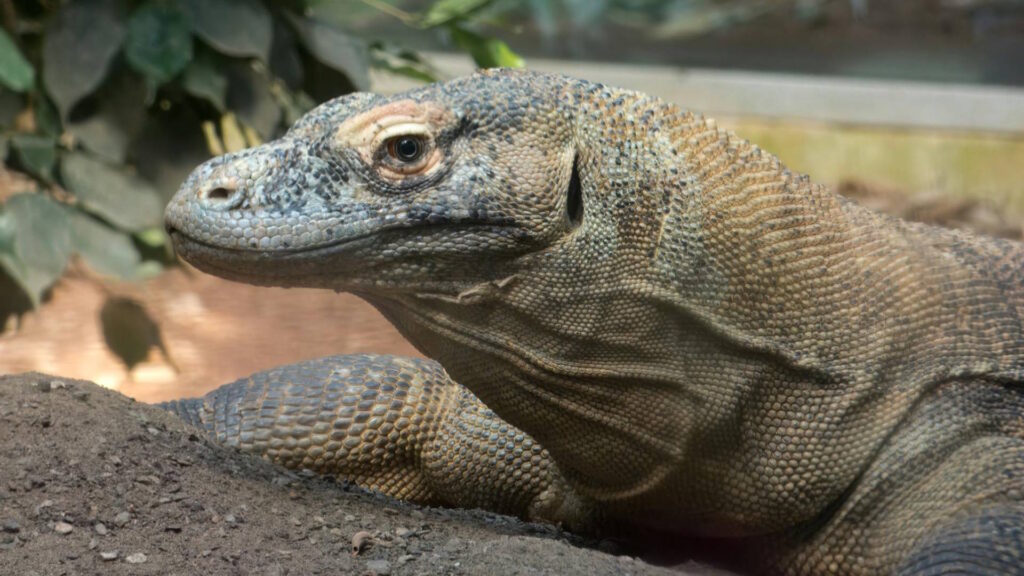
The Komodo dragon, the world’s largest lizard and an apex predator endemic to a handful of Indonesian islands, faces increasing threats that have prompted innovative conservation approaches incorporating reintroduction components. Historical hunting of the dragons’ prey species, particularly deer and wild boar, combined with habitat encroachment and climate change impacts, has restricted the species to a fraction of its former range, primarily within Komodo National Park. Conservation efforts focus on habitat protection and restoration, alongside carefully managed translocations when isolated subpopulations face genetic bottlenecks or habitat degradation. Unlike many reptile reintroduction programs, Komodo initiatives rarely involve captive breeding, instead emphasizing the movement of wild individuals between islands to maintain genetic diversity and reestablish populations in areas where local extinctions have occurred. These efforts require extensive community engagement, as local residents must adapt their livestock husbandry practices and learn to coexist with these potentially dangerous predators. Recent initiatives have incorporated sophisticated population genetics to guide translocations, ensuring that moved individuals enhance rather than disrupt the genetic structure of recipient populations. The conservation program’s success has transformed Komodo dragons from a wildlife curiosity into a worldwide conservation symbol, though challenges remain in addressing climate-driven sea level rise that threatens to reduce available habitat on their low-lying island homes.
The Role of Zoos and Breeding Centers
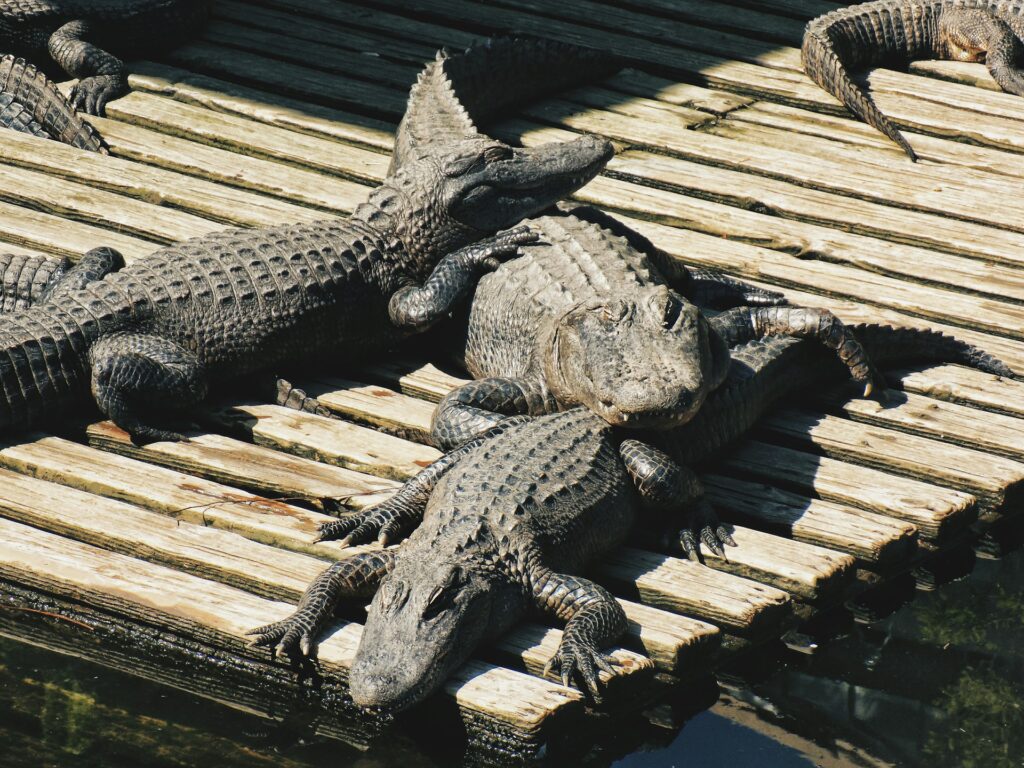
Specialized breeding facilities and zoological institutions play a crucial foundational role in many reptile reintroduction programs, providing the biological foundation upon which field conservation efforts are built. Modern zoo-based reptile conservation has evolved far beyond simply maintaining display specimens, with sophisticated breeding programs that carefully manage genetic diversity through studbooks and analysis of relatedness to prevent inbreeding depression in reintroduction candidates. These facilities often maintain assurance colonies of critically endangered species like the Jamaican iguana or Madagascar ploughshare tortoise, serving as genetic reservoirs should wild populations face catastrophic declines. Beyond breeding, zoo-based herpetologists develop and refine husbandry techniques that optimize reproductive success, health management, and behavioral development to produce release candidates with the highest possible survival prospects. Many institutions now operate dedicated conservation centers separate from their public exhibits, where reptiles destined for reintroduction can develop natural behaviors without excessive human contact that might compromise wild survival skills. The accumulated expertise from these facilities flows directly into field conservation, with zoo staff frequently participating in release expeditions, post-release monitoring, and training of local conservation personnel, creating a seamless connection between ex-situ breeding and in-situ reintroduction efforts.
Future Directions in Reptile Reintroduction Science

The science of reptile reintroduction continues to evolve, with emerging approaches that promise to enhance success rates and address previously intractable challenges. Advances in reproductive technologies, including artificial insemination, egg incubation protocols, and embryo transfer, are expanding options for species with naturally low reproductive rates or those that reproduce poorly in captivity. Conservation genomics now allows unprecedented precision in managing genetic diversity, with whole-genome sequencing helping identify individuals carrying rare alleles or those most suitable for reintroduction to specific environments based on adaptive genetic traits. The emerging field of conservation physiology is shedding light on stress responses and physiological adaptations that influence reintroduction success, leading to refined protocols that better prepare reptiles for the transition from captivity to wild conditions. Perhaps most promising is the integration of reptile reintroduction with broader ecosystem restoration initiatives, recognizing that sustainable recovery requires addressing habitat connectivity, trophic relationships, and ecological processes rather than focusing narrowly on single species. As climate change accelerates, adaptive management approaches that can respond flexibly to shifting environmental conditions will become increasingly vital, potentially including assisted colonization to areas that become suitable habitat as traditional ranges grow inhospitable. These scientific advances, coupled with growing public appreciation for reptiles’ ecological importance, offer hope for reversing population declines and securing the future of these ancient lineages across their native ranges.
## Conclusion
The journey of reptile reintroduction represents a profound testament to conservation perseverance and scientific innovation. From the spectacular recovery of the American alligator to the painstaking efforts saving the tuatara, these programs demonstrate how dedicated human intervention can reverse seemingly inevitable extinction trajectories. While challenges remain—particularly from climate change, habitat fragmentation, and invasive species—the growing toolkit of conservation technologies and approaches offers promising pathways forward. Perhaps most encouraging is the shift toward integrated conservation models that combine biological expertise with community engagement, economic incentives, and cultural appreciation. As these reintroduced reptiles resume their ecological roles—whether as seed dispersers, predators, or prey—they help rebuild ecosystem resilience while serving as living symbols of conservation possibility. Their success stories remind us that

